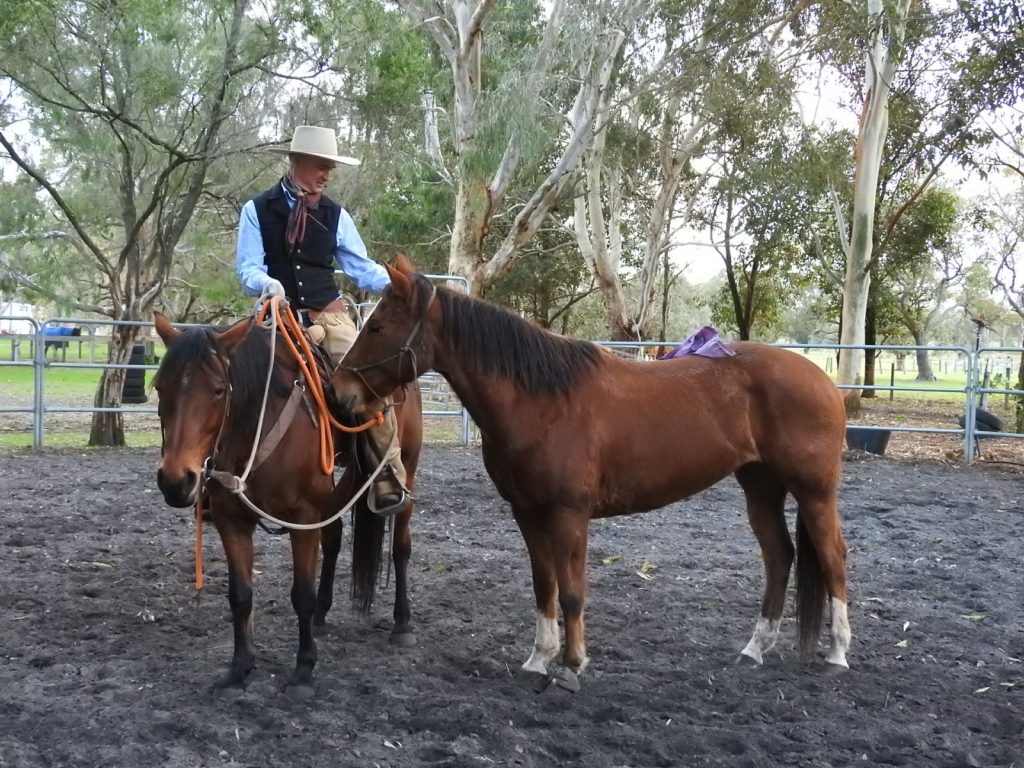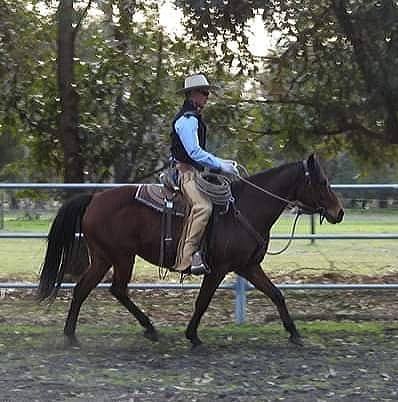
It has been a while since I have put pen to paper, so now might be a good time to add a few words. At home in Australia I have had horses in for starting, plus stock work and have also had courses as well, it has been a juggling act. In the next few weeks I head out for the U.K. for a shorter visit. I have been travelling to the U.K every year for the last 20 years. This is the first time that I have seen a July in Australia for 20 years. I now know why I have followed the sun.

Updates: The website has a full U.K. course schedule and also an Australian course and young horse schedule. So please check out the appropriate schedules. I have also added articles below for you to download. They are articles that I have written for Horse Deals Australia.
Transitions and Balance: Over the years I am sure I have spoken of transitions and balance and shared my thoughts and experience. So maybe I am adding to those now.
As a generalisation riders mostly feel resistance through the hand and as a result it can be easy to think that you need to be firmer with the hand or get a bigger bit. You often see horses over bent and running through the riders hand or hiding behind the bit, as well as horses above the bit. If you can keep your horse more in balance then you are more likely to avoid the already mentioned. Maintaining your riding position is easier, if your horse is in balance.
As a rider, work on keeping those transitions through the gaits and within the gaits smooth. You will have more success at keeping your horse in balance if the transitions are smooth and not rushed or sluggish. Equally not over riding your horse and pushing the horse out of balance will help with your transitions. Not staying in the gait to long is important, for the horse that may get lost or have a lot of energy. Think approach and retreat.
Where your horse is still running through your hand, bending your horse down the transitions maybe more appropriate. I often use circles to work on my transitions to start with. Bending down and going through the centre of the circle to make the downward transition. When I have smooth transitions up and down through the different gaits, I will ride transitions on the straight.
Many riders become obsessed with longitudinal or vertical flexion of their horse. If the weight is right, the flexion is more likely to be correct. If you put the flexion first your horse may end up over bent or heavy in the hand. The horse below, while not running through the riders hand is not at a stage where she can carry herself with any degree of flexion at a trot. At a walk she was able to carry what Ray Hunt called a soft feel. As she develops and her transitions improve, this will change.

There are many ways to help your horse with balance and transitions is one approach. As I heard spoken sometime ago; “Until your horse is in balance they will not be emotionally stable.”

Recent Comments